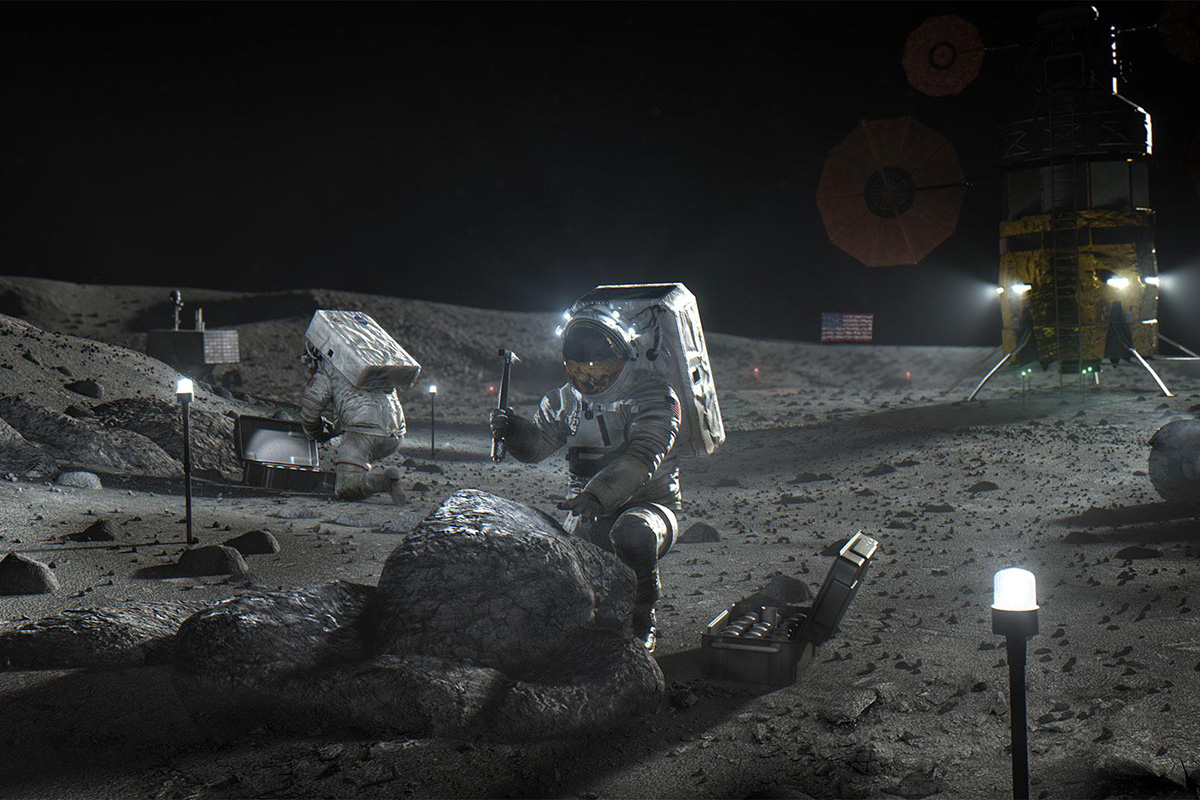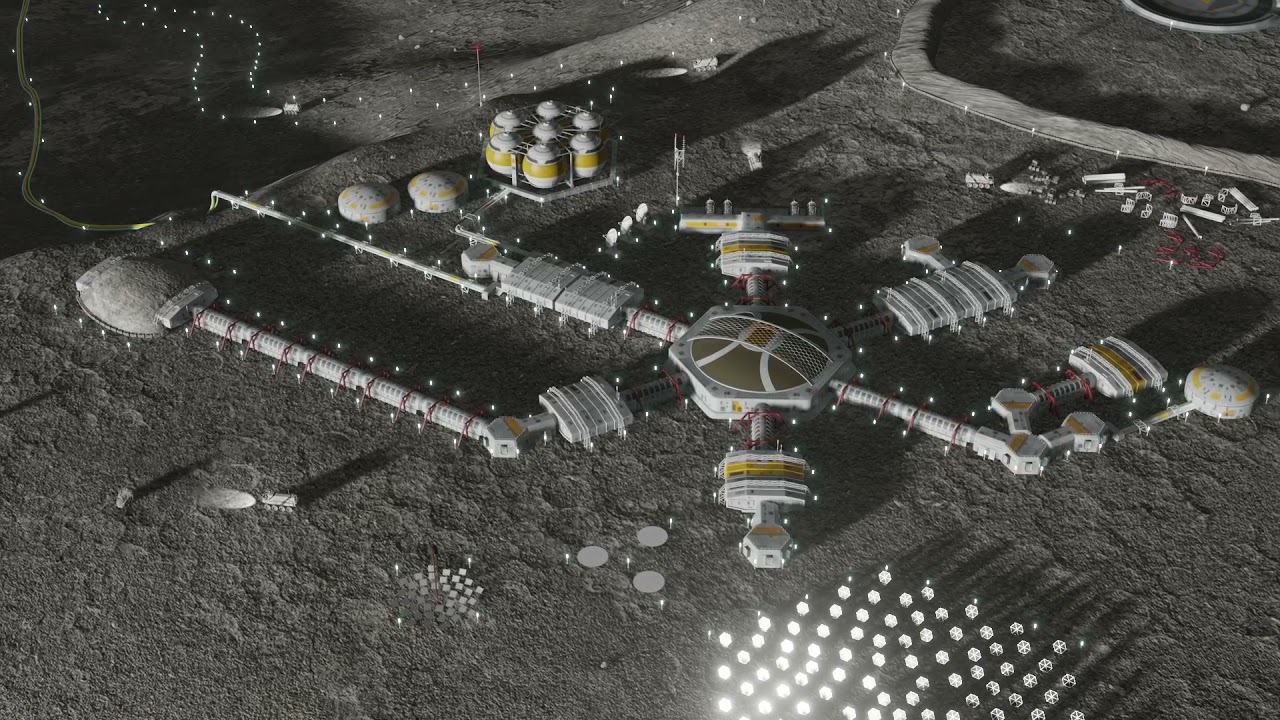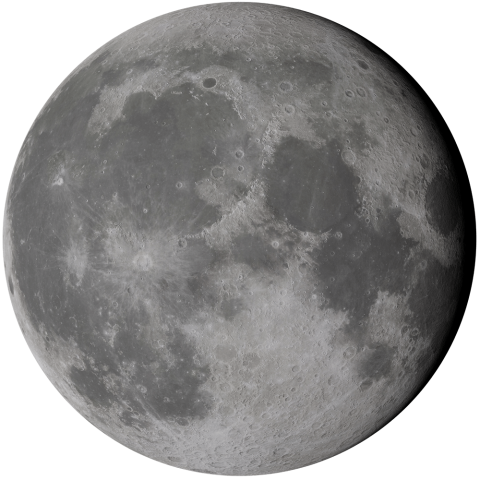APL holds a key leadership role in NASA’s Lunar Surface Innovation Initiative (LSII), which aims to spur the development and deployment of technologies enabling humans to live and work on the Moon.
Headed by NASA’s Space Technology Mission Directorate, LSII is pursuing technologies in areas such as power systems, in situ resource utilization, dust mitigation, excavation and construction, and access and operations in extreme environments. Through its Artemis program, NASA aims to land the first woman and next man on the Moon and use innovative technologies — including those developed through LSII — to explore more of the lunar surface than ever before.



